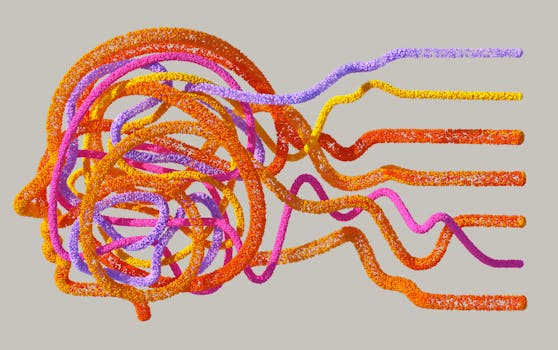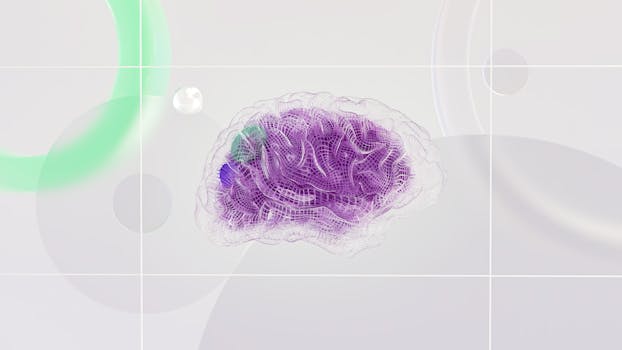
Technological Innovations Shaping 2025: A New Era of Possibilities
Technological innovations are shaping the world in 2025 and beyond. From artificial intelligence to the Internet of Things, these advancements are transforming industries and revolutionizing the way we live and work. In this article, we will explore some of the most significant technological innovations that are shaping the future.
Artificial Intelligence and Machine Learning

Artificial intelligence (AI) and machine learning (ML) are two of the most significant technological innovations of our time. AI refers to the development of computer systems that can perform tasks that would typically require human intelligence, such as visual perception, speech recognition, and decision-making. ML is a subset of AI that involves the use of algorithms and statistical models to enable machines to learn from data and improve their performance over time.
AI and ML are being used in a wide range of applications, including virtual assistants, image and speech recognition, natural language processing, and predictive maintenance. They are also being used to develop autonomous vehicles, drones, and robots that can perform tasks such as assembly, inspection, and delivery.
Internet of Things (IoT)

The Internet of Things (IoT) refers to the network of physical devices, vehicles, home appliances, and other items that are embedded with sensors, software, and connectivity, allowing them to collect and exchange data. The IoT is transforming the way we live and work by enabling the creation of smart cities, smart homes, and smart industries.
The IoT is being used in a wide range of applications, including industrial automation, transportation systems, healthcare, and energy management. It is also being used to develop smart homes and cities that are more efficient, sustainable, and livable.
5G Networks and Edge Computing

5G networks and edge computing are two technological innovations that are transforming the way we communicate and process data. 5G networks provide faster data speeds, lower latency, and greater connectivity than previous generations of wireless networks. Edge computing involves the use of cloud computing and artificial intelligence to process data closer to where it is generated, reducing latency and improving real-time processing.
5G networks and edge computing are being used in a wide range of applications, including virtual and augmented reality, smart cities, and industrial automation. They are also being used to develop autonomous vehicles, drones, and robots that can perform tasks such as assembly, inspection, and delivery.
Blockchain and Cybersecurity

Blockchain and cybersecurity are two technological innovations that are transforming the way we secure and verify data. Blockchain refers to the use of a distributed ledger technology to record transactions and data across a network of computers. Cybersecurity involves the use of technologies and practices to protect against cyber threats and data breaches.
Blockchain and cybersecurity are being used in a wide range of applications, including finance, healthcare, and supply chain management. They are also being used to develop secure and transparent voting systems, as well as to protect against cyber threats and data breaches.
Conclusion

In conclusion, technological innovations are shaping the world in 2025 and beyond. From artificial intelligence and machine learning to the Internet of Things, 5G networks, and edge computing, these advancements are transforming industries and revolutionizing the way we live and work. As we move forward, it is essential to stay informed about the latest technological innovations and to be prepared to adapt to the changing landscape.






